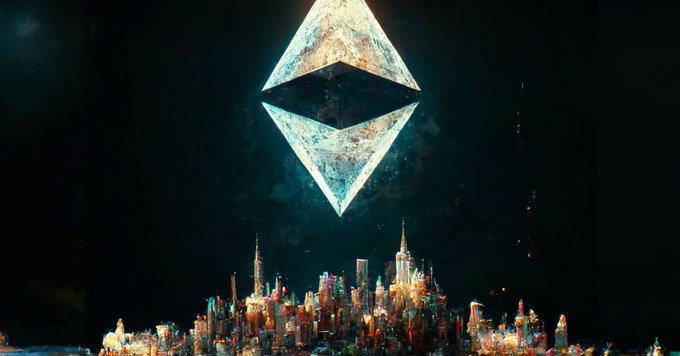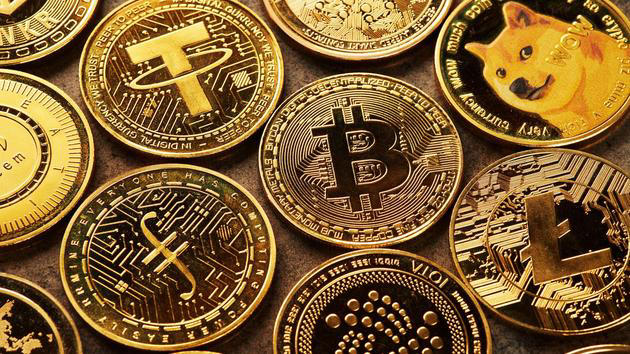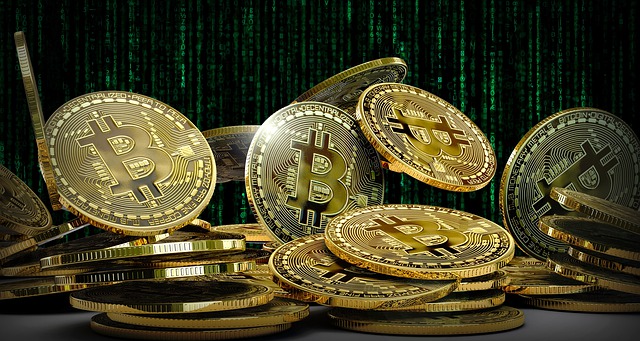The Ethereum Merge Is Done, Opening a New Era for the Second-Biggest Blockchain
The historic upgrade casts aside the miners who had previously driven the blockchain, with promises of massive environmental benefits.
It was no small feat swapping out one way of running a blockchain, known as proof-of-work, for another, called proof-of-stake. “The metaphor that I use is this idea of switching out an engine from a running car,” said Justin Drake, a researcher at the non-profit Ethereum Foundation who spoke to CoinDesk before the Merge happened.
The payoff is potentially gigantic. Ethereum should now consume 99.9% or so less energy. It’s like Finland has suddenly shut off its power grid, according to one estimate.
Ethereum’s developers say the upgrade will make the network – which houses a $60 billion ecosystem of cryptocurrency exchanges, lending companies, non-fungible token (NFT) marketplaces and other apps – more secure and scalable, too.
When the Merge officially kicked in at 6:43 a.m. UTC, more than 41,000 people were tuned in on YouTube to an « Ethereum Mainnet Merge Viewing Party. » They watched with bated breath as key metrics trickled in suggesting that Ethereum’s core systems had remained intact. After about 15 long minutes the Merge officially finalized, meaning it could be declared a success. The price of ETH – whose current market value near $200 billion makes it the second-largest cryptocurrency after bitcoin (BTC) – was largely flat after the Merge.
Mots-clés : cybersécurité, sécurité informatique, protection des données, menaces cybernétiques, veille cyber, analyse de vulnérabilités, sécurité des réseaux, cyberattaques, conformité RGPD, NIS2, DORA, PCIDSS, DEVSECOPS, eSANTE, intelligence artificielle, IA en cybersécurité, apprentissage automatique, deep learning, algorithmes de sécurité, détection des anomalies, systèmes intelligents, automatisation de la sécurité, IA pour la prévention des cyberattaques.





